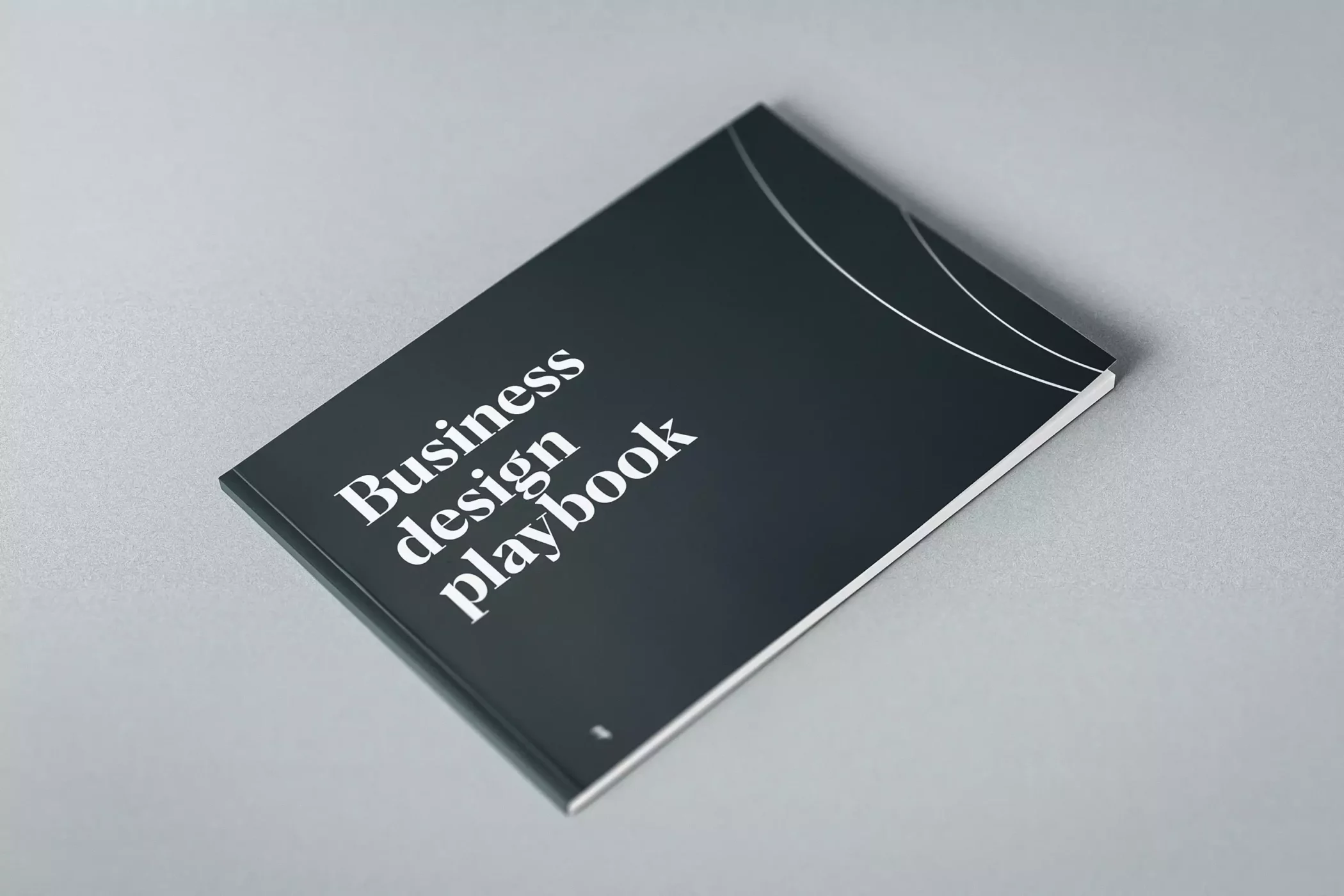Who is this guide for?
It is packed with over 20 tools to take an idea through all the stages of development to make it as ready as it can be before launching.
We want to leverage the strengths of large organizations, and help them to build the new businesses that will shape our future. An accelerator could be the starting point for one of those businesses. You could be the driving force behind it.
In this playbook
1. Scoping
Key activities: scope the innovation challenge and gather the right team to tackle the challenge
Tools: team canvas, scoping canvas
Output: scoped challenges and teams ready for kick-off
2. Problem exploration
Key activities: Empathize with end users, define unmet needs, check market opportunities, develop an innovation thesis and design & run problem validation experiment
Tools: persona, user journey map, problem sizing canvas, problem validation script, HMW statement builder
Output: Persona & user journey, market opportunity, innovation thesis and validated learnings
3. Solution development
Key activities: Ideate around relevant triggers and challenges, develop multiple concepts, prototype selected solutions and design & run solution validation experiments
Tools: 5+ ideation tools, innovation battlefield, vision card
Output: 100+ ideas, multiple concepts, low-fidelity prototypes and validated learnings
4. Business model definition
Key activities: Identify potential business models, explore additional revenue streams, calculate ballpark revenue figures and design & run business model validation experiments
Tools: business model kit, revenue model flowchart, ballpark figures canvas
Output: Visual business model, ballpark revenue figures and validated learnings
5. Pitch design
Key activities: Develop a clear and concise story, design a visual presentation and pitch in front of senior stakeholders and decision-makers
Tools: pitching canvas, great pitching checklist, pitch evaluation sheet
Output: Concise pitch deck, senior buy-in and clarity on next steps



